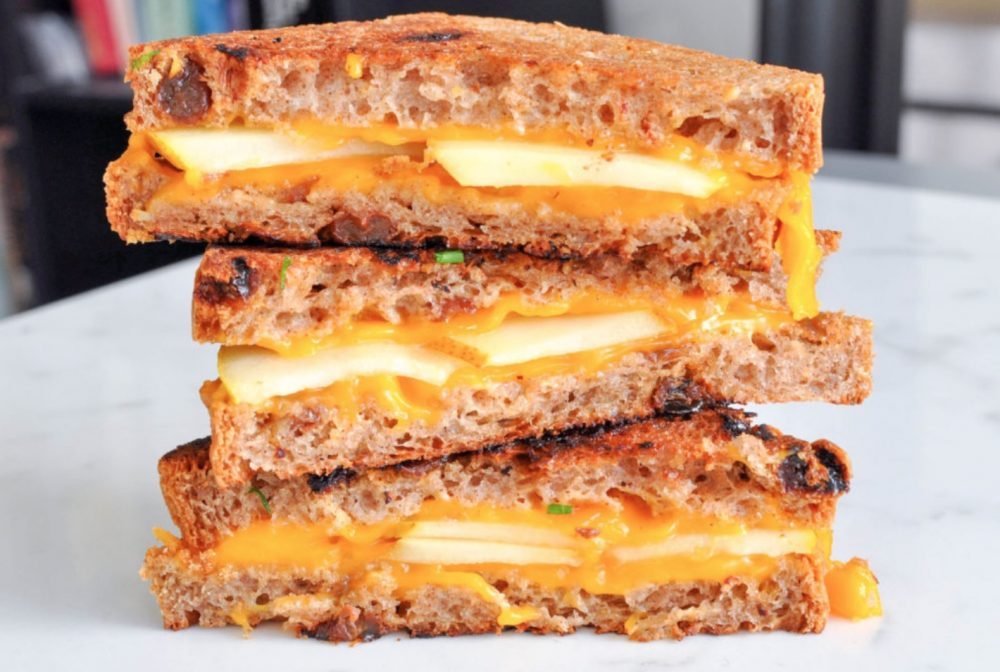Sara Waxman, OOnt, is an award-winning restaurant critic, best-selling cookbook…
The global gluten-free movement has been gaining more traction just over the last several years, with over 30% of Americans already consciously getting rid of gluten from their diets, in an effort to feel better and lose weight.
The saying “It’s the best thing since sliced bread” has been so ingrained (pardon the pun) into our consciousness to express amazement or appreciation just goes to show how the humble loaf is such a part of our daily lives. The truth is, bread has been around for ages as one of our most basic sources of nourishment. For many, the aroma of freshly baked bread evokes pleasant memories of home or childhood.
Lately, however, research suggests that a lot of our modern-day ailments – migraines, ADHD, dementia, irritable bowel syndrome, chronic arthritis, diabetes, cancer, and a host of others – are linked to gluten, the complex protein found in wheat, rye, and barley.
For people who do have a gluten-related disorder, the cure is simple: a lifelong gluten-free diet. Through books like “Toxic Staple” by Anne Sarkisian or documentaries like “The Celiac Project” from filmmaker Michael Frolichstein, we now know that a gluten-free lifestyle has given so many people a second chance at life.

Groundbreaking research from Dr. Alessio Fasano (author of “Gluten Freedom” and founder of the Center for Celiac Research in Massachusetts), and integrative medical neurologist Dr. Perlmutter (author of “Grain Brain”) further supports the idea that a gluten-free diet should be encouraged, even if we don’t have a gluten-related condition.
We’ve also just begun to understand the mechanisms and physiology behind celiac disease, NCGS, and other gluten allergies. Also, 90% of people with some type of gluten sensitivity are walking around today, unaware that they have this condition, often misdiagnosed or undiagnosed completely – which is the reason why we hear of cases of people finding out they have gluten intolerance in their 30s and 40s.
For some, going gluten-free is the only way to go. For others, it’s still a lifestyle choice. If you think the gluten-free diet is something you should start considering, have a look at this highly informative article from our friends over at Deals On Health to give you an overview and help you better understand what a gluten-free life is all about.
What is Gluten, exactly?
Gluten is a protein found in wheat, rye, barley, and triticale. Avoiding foods that contain certain grains won’t make your food choices 100% gluten-free. Also, this protein can be found in foods like sauces, salad dressings, milkshakes, beer, soups, and many more. If you’re extremely sensitive, there is even gluten in some beauty products.

The Hidden Foods
If you’re celiac, have a non-celiac sensitivity, or allergic to wheat, it is essential to know the hidden items that contain gluten. The reactions could include bloating, abdominal pain, headaches, exhaustion, IBS symptoms like constipation and diarrhea, joint and muscle pain and skin issues.
Common Questions About Being Gluten-Free
Even though many people can experience these symptoms, it may not be suitable for everyone. You may have many questions like: What are the risks vs. benefits of a gluten-free diet? Which foods should you avoid and eat if you have a gluten intolerance? Which food substitutes are available and where? Also, which brands offer the best gluten-free products?
Sara Waxman, OOnt, is an award-winning restaurant critic, best-selling cookbook author, food and travel journalist and has eaten her way through much of the free world for four decades, while writing about it in books, newspapers and magazines. She is the Editor in Chief of DINE and Destinations magazine.




